The National Congress of the South held from June 6 to 8, 1969 at the North Tay Ninh Base area (now in Tan Bien district, Tay Ninh province), the base of the Central Office for South Vietnam, decided to establish the Provisional Revolutionary Government of the Republic of South Vietnam (PRG) and the PRG Advisory Council.
The composition of the agencies gathered representatives from all walks of life, religions, and ethnicities, showing the element of broad solidarity to unite the entire people to carry out the resistance war against the US, to save the country. It was this element of broad solidarity that made an important contribution to arousing and promoting the great national solidarity bloc, contributing to the resistance war for national liberation until the day of total victory.
Delegates vote to elect the Provisional Revolutionary Government of the Republic of South Vietnam and the Government Advisory Council, June 1969.
The resistance war against the US to save the country in South Vietnam before the establishment of the CPCMLTCHMNVN and the Government Advisory Council took place with great vigor with many patriotic movements following different trends. All of these patriotic movements, regardless of their trends, had the purpose of protecting the nation, protecting the national culture, opposing foreign cultures, opposing the presence of foreign troops on Vietnamese territory; fighting for peace, freedom and national unification.
Those patriotic movements include: Committee for Relief and Protection of People's Lives and Property; National Cultural Protection Force; "Singing for My People" movement; "The Day Journalists Beg"; "Association for the Protection of Dignity and Rights of Vietnamese Women"; "Women's Committee for the Right to Live"; "National Self-Determination Movement"; Chinese Movement in Saigon; Struggle Movements of Catholics, Buddhists... Especially the birth of the National Liberation Front of South Vietnam (NLF) and the Alliance of National, Democratic and Peace Forces of Vietnam (LMCLLDDTDC&HBVN). These movements and organizations have brought together compatriots, parties, religions, social organizations; outstanding intellectuals, writers, journalists, and teachers for the cause of resistance against the US and national salvation. These organizations and movements gathered many prominent figures: Governor Phan Van Chuong, Pham Huy Thong, Luu Van Lang, Lam Van Tet, Trinh Dinh Thao, Nguyen Van Mai, Nguyen Huu Tho, Duong Minh Thoi, Tran Tuan Khai, Duong Quynh Hoa, Bui Thi Me, Nguyen Thai Binh, artist Kim Cuong, priests: Nguyen Ngoc Lan, Truong Ba Can, Chan Tin, Venerable Thich Minh Nguyet, Nun Huynh Lien... There were people like Mr. Luu Van Lang who was too old at that time to participate directly but still showed patriotism in one way or another. Mr. Luu Van Lang was a famous Vietnamese intellectual who, together with Dr. Nguyen Van Huong and Professor Dang Minh Tru, mobilized nearly 700 intellectuals to sign a petition demanding the French Government to negotiate with the Government of the Democratic Republic of Vietnam to end the war since 1947, and was the first person to sign the "Declaration of Peace of Saigon - Cho Lon Intellectuals" demanding the French army to cease hostilities in Vietnam. By the time the NLF was born, he was already very old (he was born in 1880), however, he “fully supported, considered himself a member and kept in touch with the Central Committee of the Front, publicly disseminating the documents of the Front in Saigon (1)”. All of them, although their social standing was different, had in common the dedication to a great cause, “a heart of self-sacrifice, not for a dynasty, but for the people, for the country (2)”.
From late 1967 to early 1968, the revolutionary war in South Vietnam had a new development, giving rise to a movement supporting the struggle of the people of South Vietnam against the aggressive war of American imperialism. These movements of support were not only among intellectuals and scholars but also spread to peace-loving people at home and abroad. In this situation, in August 1967, the National Front for the Liberation of South Vietnam held an extraordinary conference and issued a "Political Platform" with four important tasks of the Southern revolution in the new period, including: (i) Unite the entire people to fight against the US to save the country; (ii) Build an independent, democratic, peaceful, neutral and prosperous South Vietnam; (iii) Re-establish normal relations between the North and South, moving towards peaceful reunification of the Fatherland; (iii) Implement a foreign policy of peace and neutrality.
Thus, compared to the 10-point Program announced when the NLF was born in 1960, this Political Platform includes 14 more specific and practical policy points in terms of politics, military, economy, socio-culture, ethnicity, religion, the rights of militia and overseas Vietnamese, including policies towards the army and government of the Republic of Vietnam. The Platform calls for: "For the supreme interests of the Fatherland, all the people of the South must strengthen solidarity, stand shoulder to shoulder, take advantage of the victory to defeat the American invaders and their puppet regime, and together with the people of the North, gloriously complete the great cause: Liberating the South, protecting the North, moving towards peaceful reunification of the Fatherland (3)". The Presidium of the Central Committee of the NLF also issued a statement supporting the alliances, especially the alliances with action programs on establishing a national coalition government demanding the withdrawal of American troops and their allies from South Vietnam; negotiate with the Liberation Front.
On June 8, 1969, members of the Provisional Revolutionary Government of the Republic of South Vietnam introduced themselves to the National Congress of Delegates of the South in the Northern Tay Ninh Base Area.
On April 20 and 21, 1968, at a location near Saigon - Cho Lon, representatives of intellectuals, writers, journalists, monks, students, national bourgeoisie, officers and progressive civil servants in the Saigon government held a conference to establish the LMCLLDTDC&HBVN, chaired by lawyer Trinh Dinh Thao and members. Immediately, the Central Committee of the NLF sent a telegram congratulating the establishment and affirmed: "The National Liberation Front is loyal to the policy of great national unity to fight against its common enemy consistently, to strengthen solidarity, stand side by side with the LMCLLDTDC&HBVN, to strive together to regain sacred national rights in the current period, as well as in the future period of national construction (4)".
At the 2nd conference of delegates, the Alliance adopted the Political Platform and stated: “Saving the country is the cause of the entire people and the strength to ensure victory is the strength of the great national unity bloc. The LMCLLDTDC&HBVN advocates uniting all patriotic forces and individuals, regardless of tendencies, political views, ethnicity, religion, social class, uniting in the current period of struggle for independence and national sovereignty as well as in the future period of national construction (5)”. The LMCLLDTDC&HBVN Alliance also determined that politics must “Unite all patriotic forces and individuals to resolutely fight against the war of aggression, overthrow the puppet regime, and establish a national, democratic and peaceful coalition government (6)”.
In 1960, the National Liberation Front of South Vietnam was born, gathering many organizations, parties, personalities, and intellectuals to participate. The organizations that were official members of the Front included: Liberation News Agency; Liberation Army of South Vietnam; Liberation Women's Union of South Vietnam; Association of God-fearing and Patriotic Catholics of South Vietnam; Association of Six Harmonies of Buddhists of South Vietnam; Association of Liberation Trade Unions of South Vietnam; Association of Liberation Peasants of South Vietnam; Association of Liberation Literature and Arts of South Vietnam; Vietnam People's Revolutionary Party; Association of Liberation Students and Pupils of South Vietnam; Council of Liberation Cross of South Vietnam. Later, many mass political organizations continued to supplement and participate in the Front: Association of Liberation Youth of South Vietnam; Association of Patriotic Journalists of South Vietnam; Association of Former Resistance Fighters; Central Council of War Invalids and Martyrs; Association of Solidarity of Asian and African Peoples; The Liberation Labor Association; The Liberation Workers Association; The Liberation Peasants Association; The Central Highlands Ethnic Autonomy Committee; The World Peace Protection Committee of South Vietnam; The Vietnam Democratic Party Central Committee; The Military and Civilian Medical Council of South Vietnam; The Committee for the Mobilization of Patriotic Teachers in the South; The People's Committee of South Vietnam in Solidarity with the American People. Thus, it can be seen that the member organizations of the Front are very diverse, including different classes, sectors, religions, ethnicities, and parties. Until 1968, the Saigon government had to admit that in reality, "the NLF is the highest-ranking leadership organization in South Vietnam, equivalent to a government (7)".
Vu Trung Kien
(to be continued)
(1) Vietnam Fatherland Front Committee of Ho Chi Minh City, Saigon - Gia Dinh intellectuals and scholars accompanying the nation, Ho Chi Minh City, 2013, p. 57
(2) Vietnam Fatherland Front Committee of Ho Chi Minh City, Saigon - Gia Dinh intellectuals and scholars accompanying the nation, Ho Chi Minh City, 2013, p. 9
(3) The 1973 Paris Agreement on Vietnam through documents of the Saigon government, National Political Publishing House, Hanoi, 2012, volume 1, p. 216
(4) National Archives Center II, Presidential Palace of the Second Republic; ballot submitted to the Presidential Palace of the Republic of Vietnam No. 4748/VP/CCUV dated May 30, 1968 regarding excerpts from the Vietnam News Agency Hanoi, Liberation Front dated May 30, 1968, file 4770. Quoted from Ha Minh Hong (Editor-in-Chief), Provisional Revolutionary Government of the Republic of South Vietnam, Ho Chi Minh City National University Publishing House, 2019, p. 70
(5) Trinh Nhu (Editor-in-Chief), Historical Chronicle of the Southern Regional Party Committee and the Southern Central Office (1954-1975), National Political Publishing House, Hanoi, 2008, p. 650
(6) National Archives Center II, Presidential Palace of the Second Republic, Liberation Newsletter of August 16, 1968. Quoted from Ha Minh Hong (Editor-in-Chief), Provisional Revolutionary Government of the Republic of South Vietnam, Ho Chi Minh City National University Publishing House, 2019, p. 71
(7) Quoted from Ha Minh Hong (Editor-in-Chief), Provisional Revolutionary Government of the Republic of South Vietnam, Ho Chi Minh City National University Publishing House, 2019, p. 72
Source


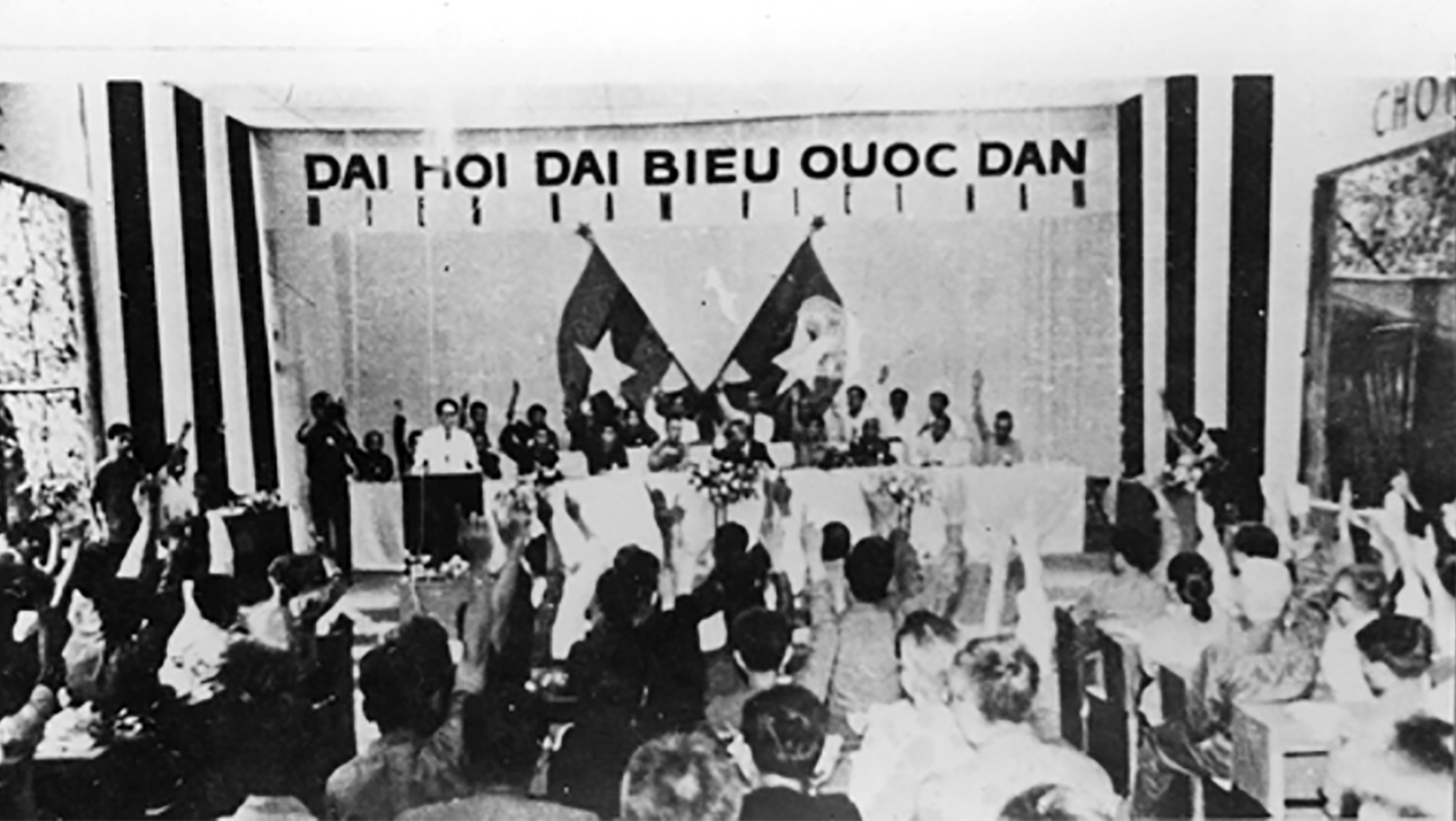






















![[Photo] National Assembly Chairman attends the seminar "Building and operating an international financial center and recommendations for Vietnam"](https://vphoto.vietnam.vn/thumb/1200x675/vietnam/resource/IMAGE/2025/7/28/76393436936e457db31ec84433289f72)






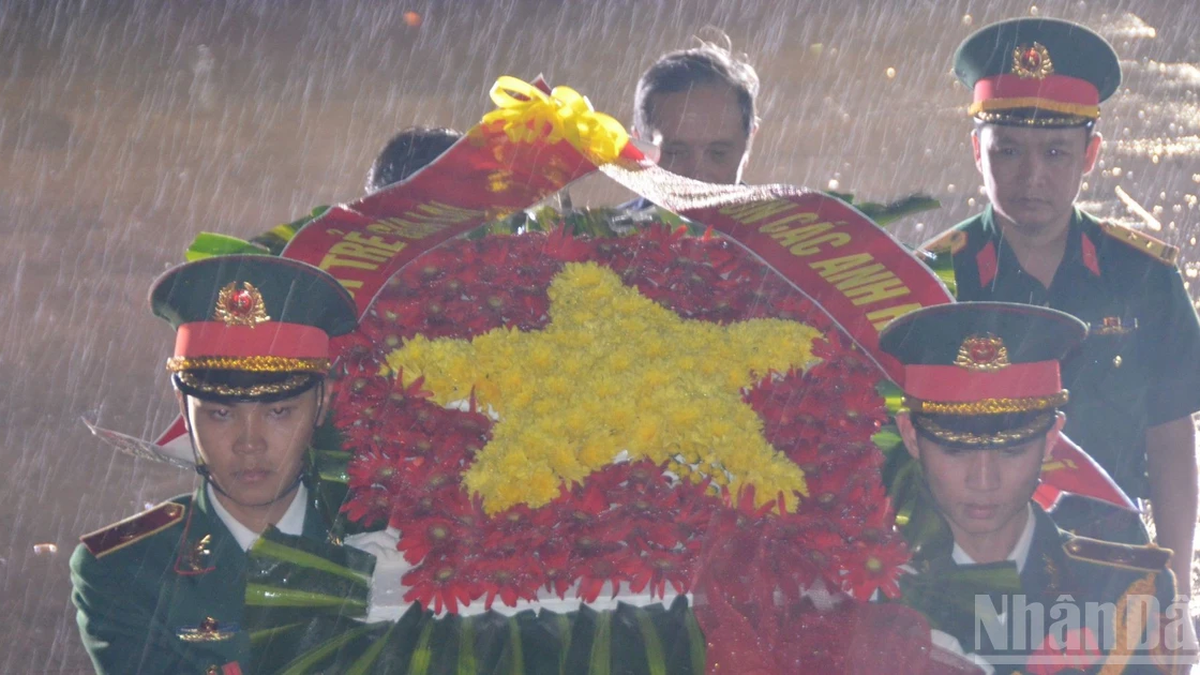





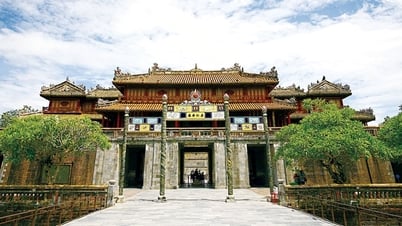

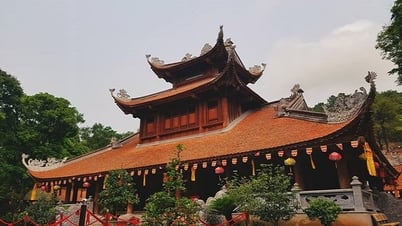

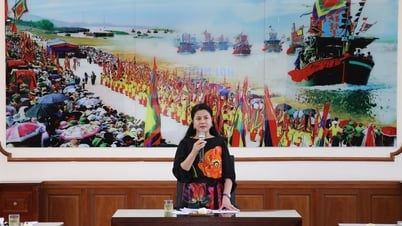

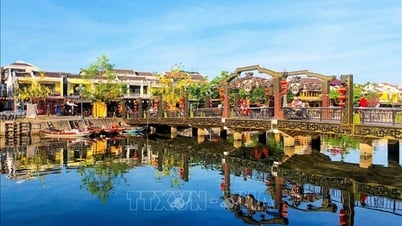



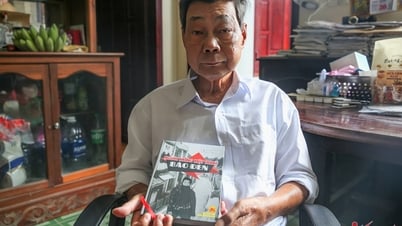

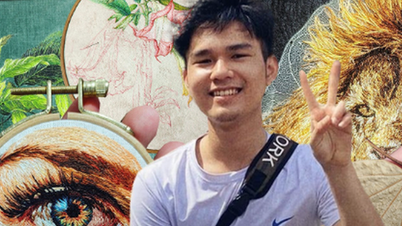

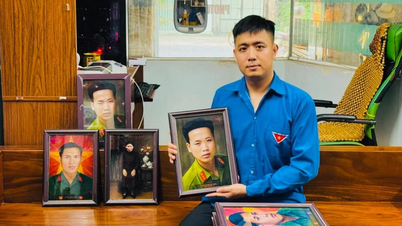


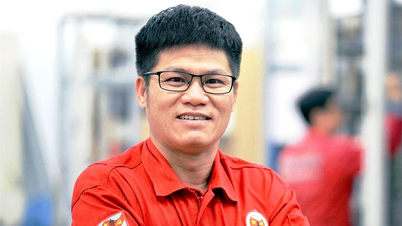

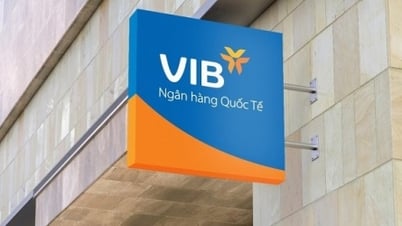

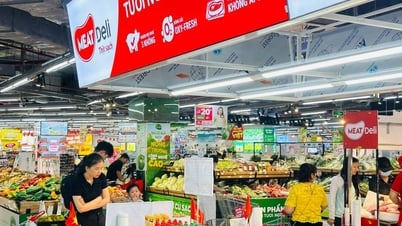


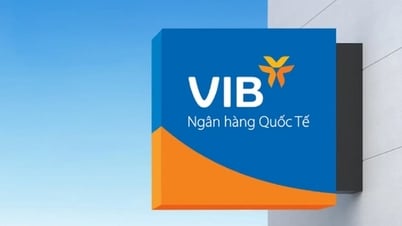
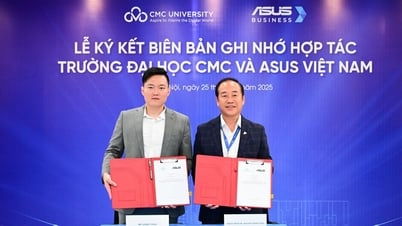


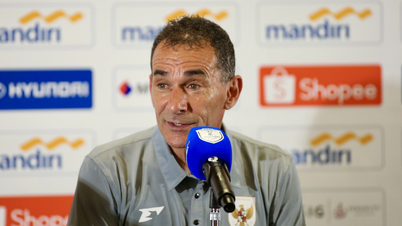
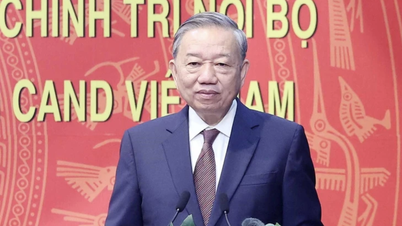
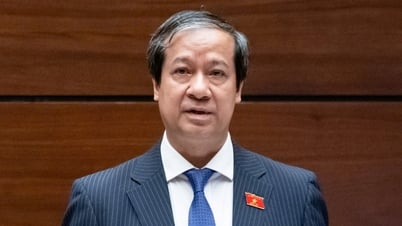
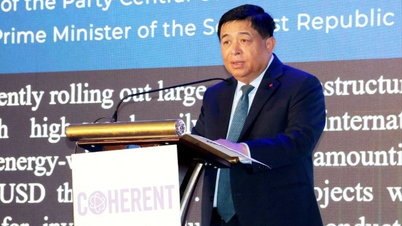

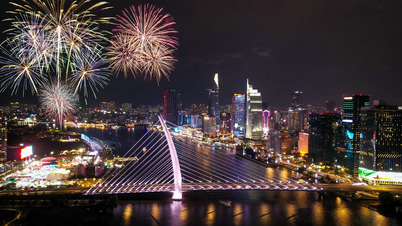
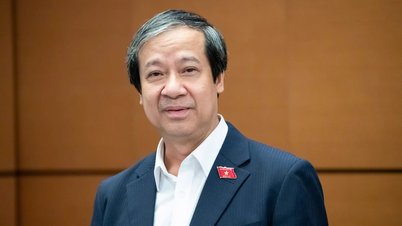
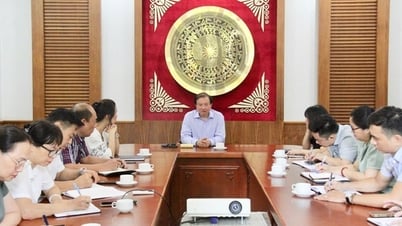

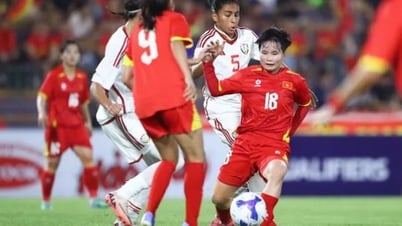
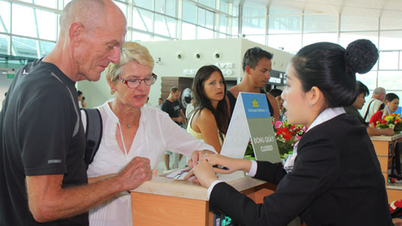
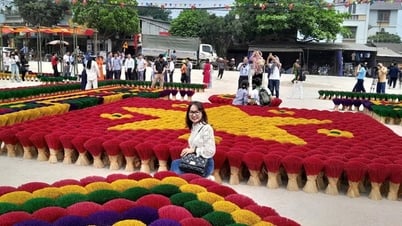

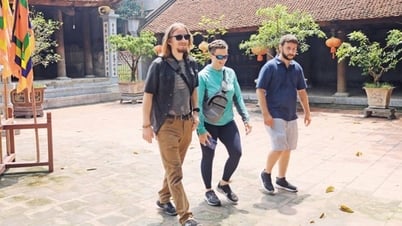


















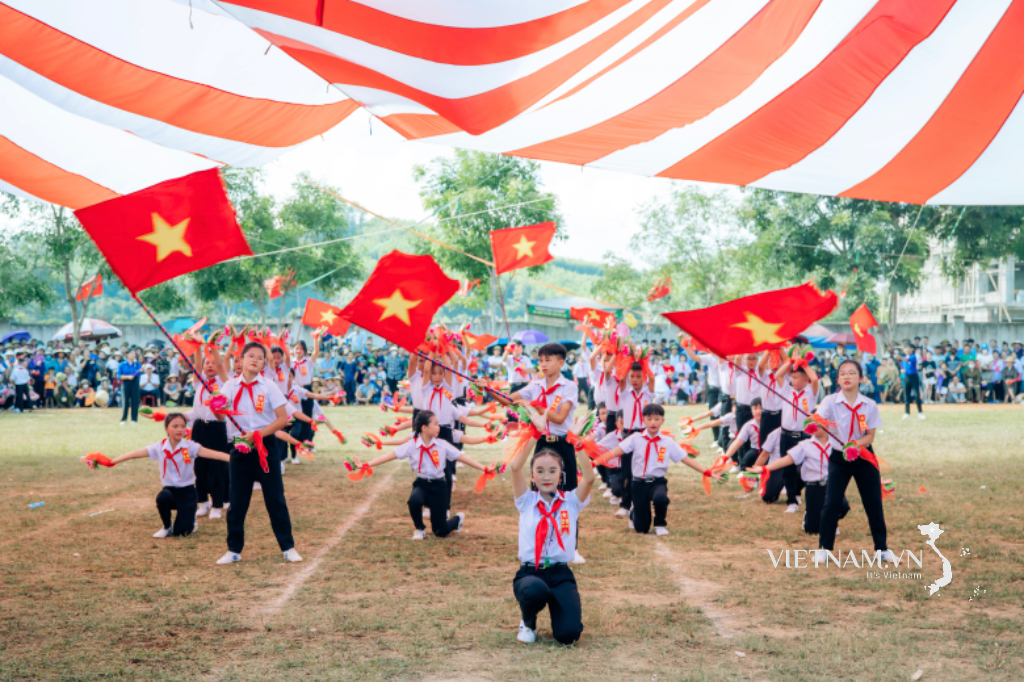


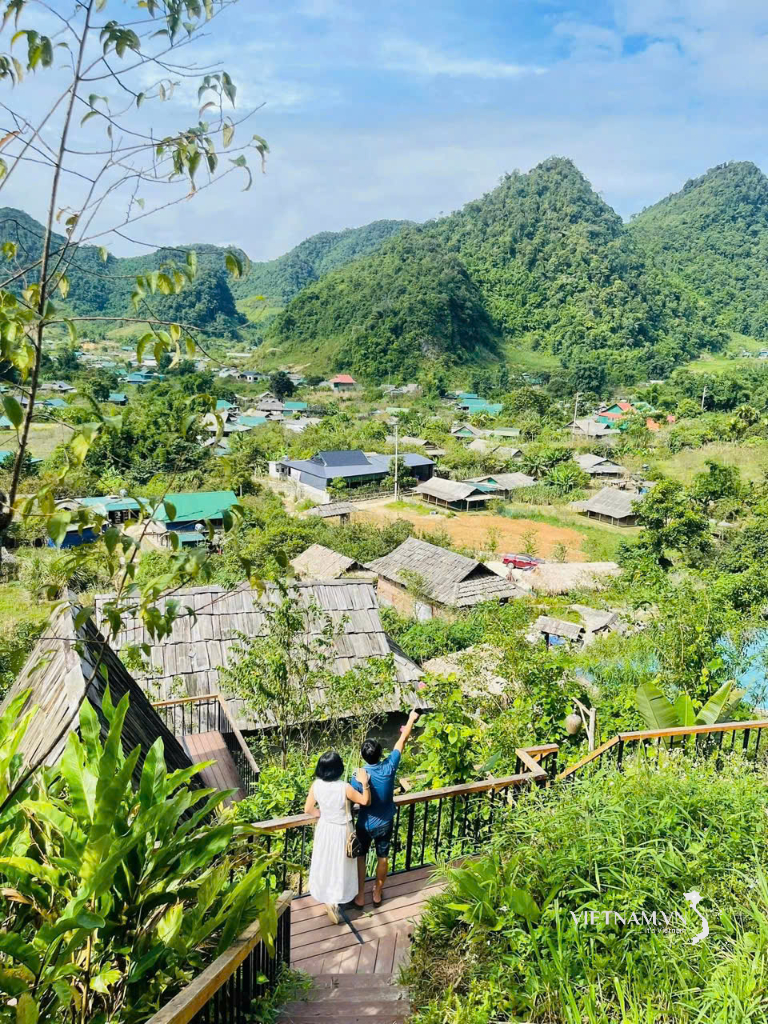
Comment (0)